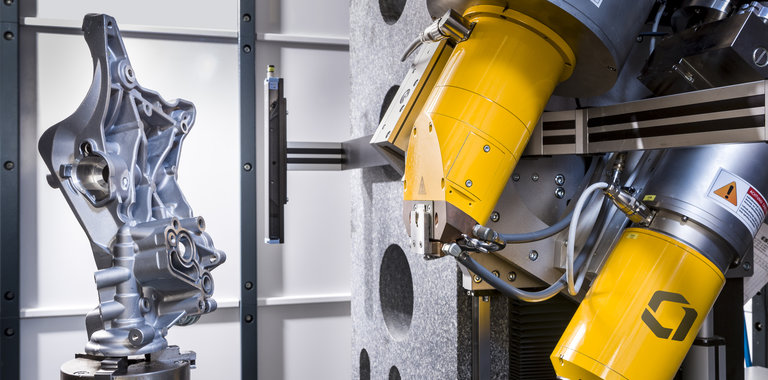Image
Image

Eyebrow
Blog
What are image quality indicator (IQI) sensitivity values?
In this article:
- IQI Sensitivity Values Quantify Radiographic Image Quality: Image Quality Indicators (IQIs) are used to assess the sensitivity of a radiographic technique, with sensitivity values expressed as a percentage of the object’s thickness.
- Lower Sensitivity Values Indicate Higher Image Quality: A smaller percentage value means better flaw detectability, as it reflects the ability to visualize smaller discontinuities relative to the material thickness.
- IQI Type and Material Thickness Influence Acceptance Criteria: The required sensitivity value depends on the specific IQI used (e.g., wire-type or step-hole) and the thickness of the object being inspected, as defined by applicable standards.
- IQIs Are Essential for Code Compliance and Quality Assurance: Sensitivity values help ensure that radiographic inspections meet industry codes and standards, providing traceable evidence of inspection quality.
- Proper IQI Placement and Interpretation Are Critical: IQIs must be positioned correctly on the test object and interpreted accurately to validate the radiographic technique and confirm that required sensitivity levels are achieved.
It is important to realise that any IQI acceptance-value must be based on a particular type of IQI and the thickness of the object being examined. When IQI sensitivity is expressed in a percentage of object thickness, a lower recorded value indicates a higher radiographic sensitivity, hence better image quality.
What are image quality indicators (IQIs)?
